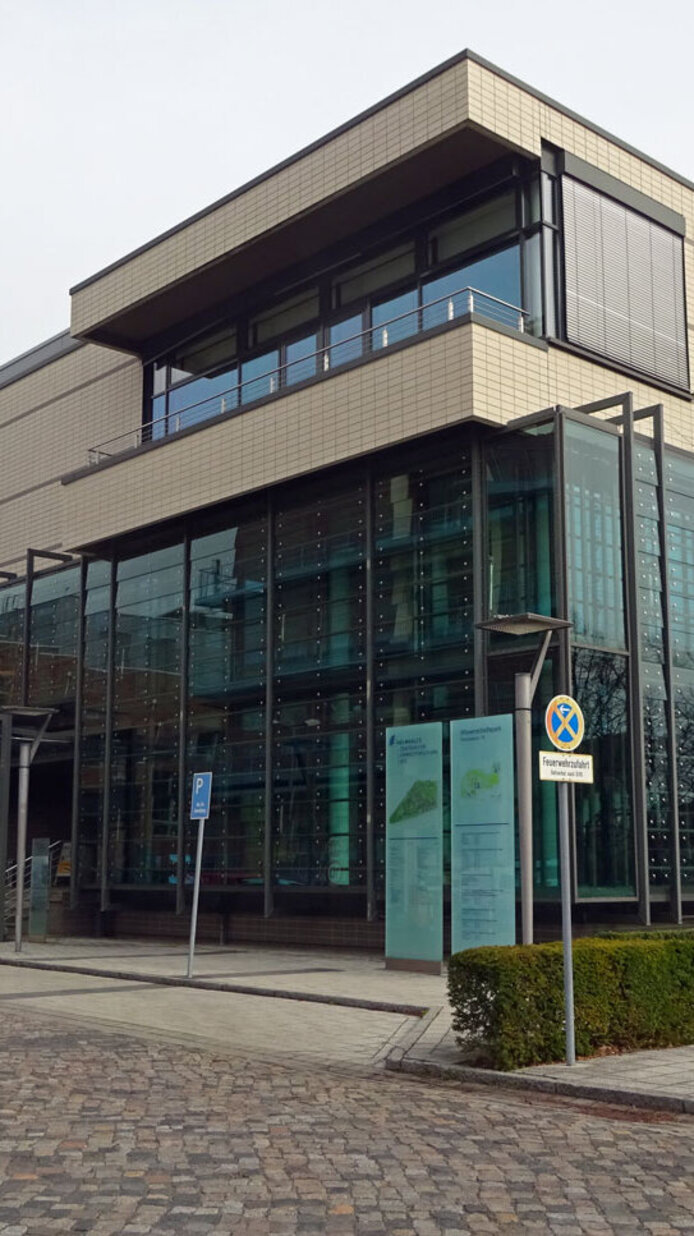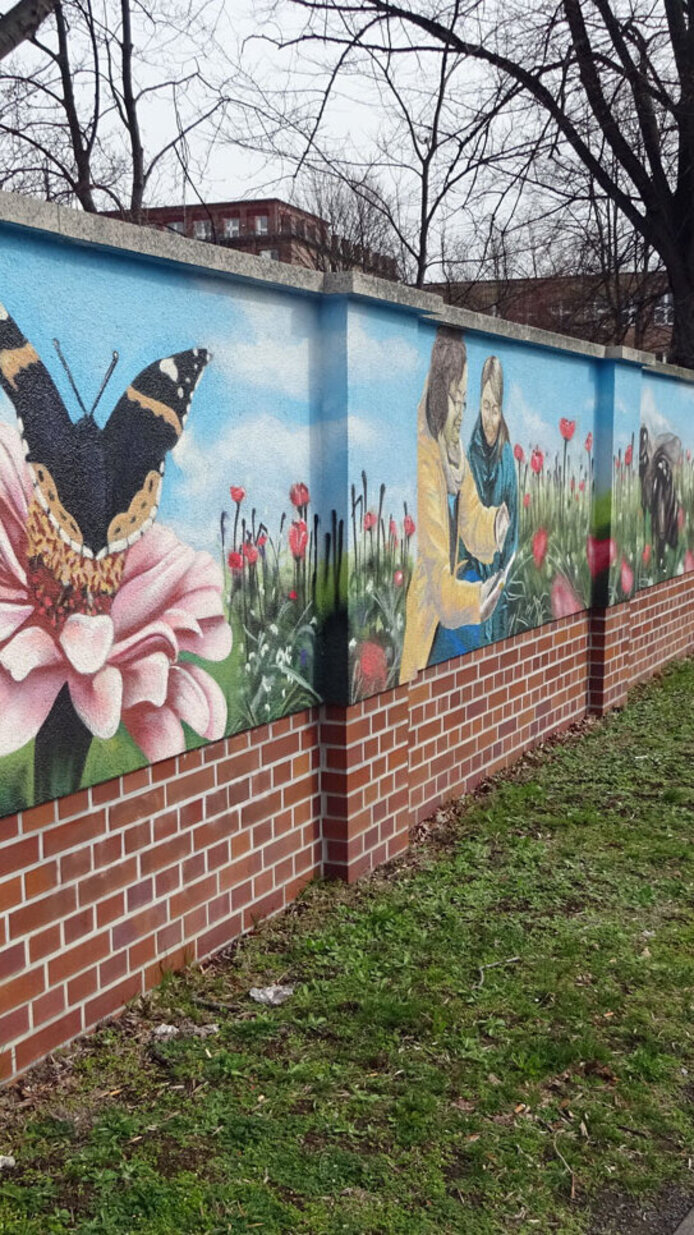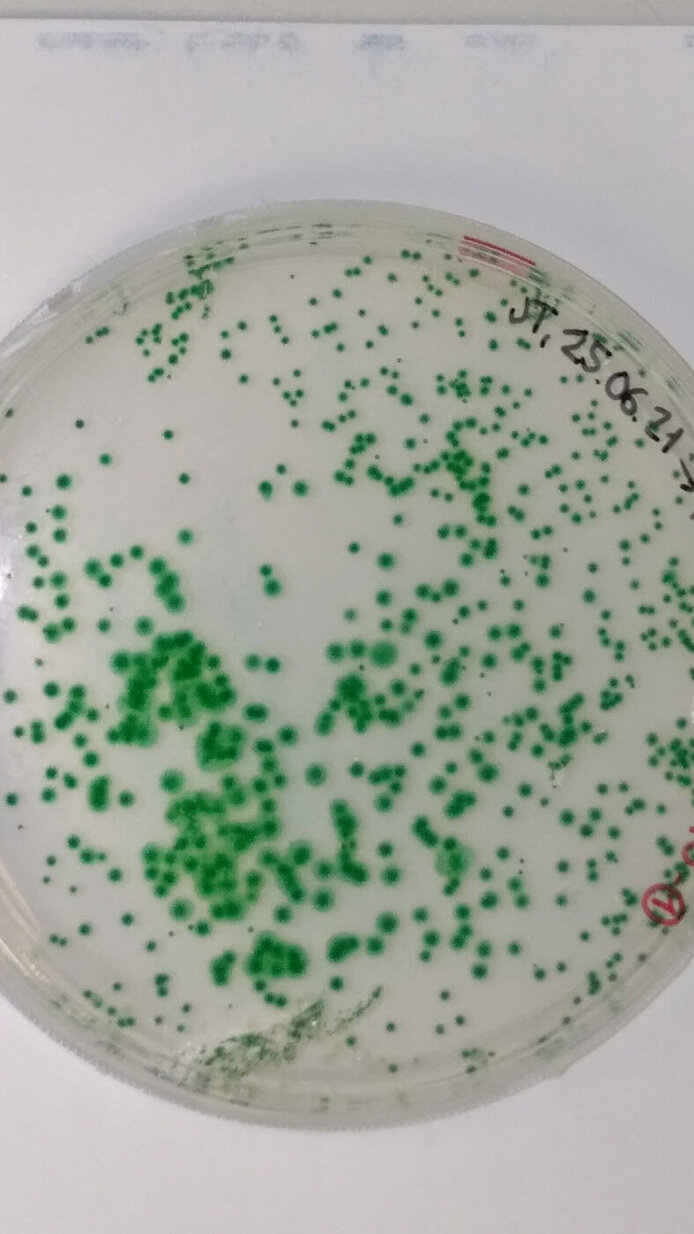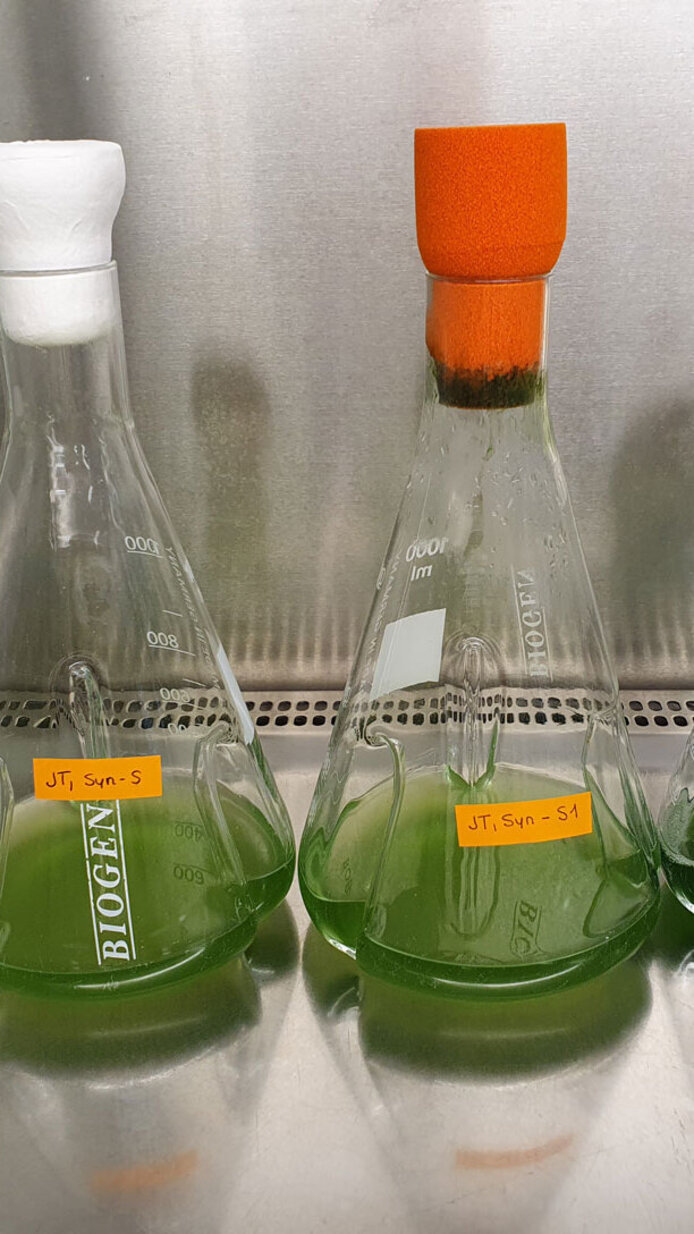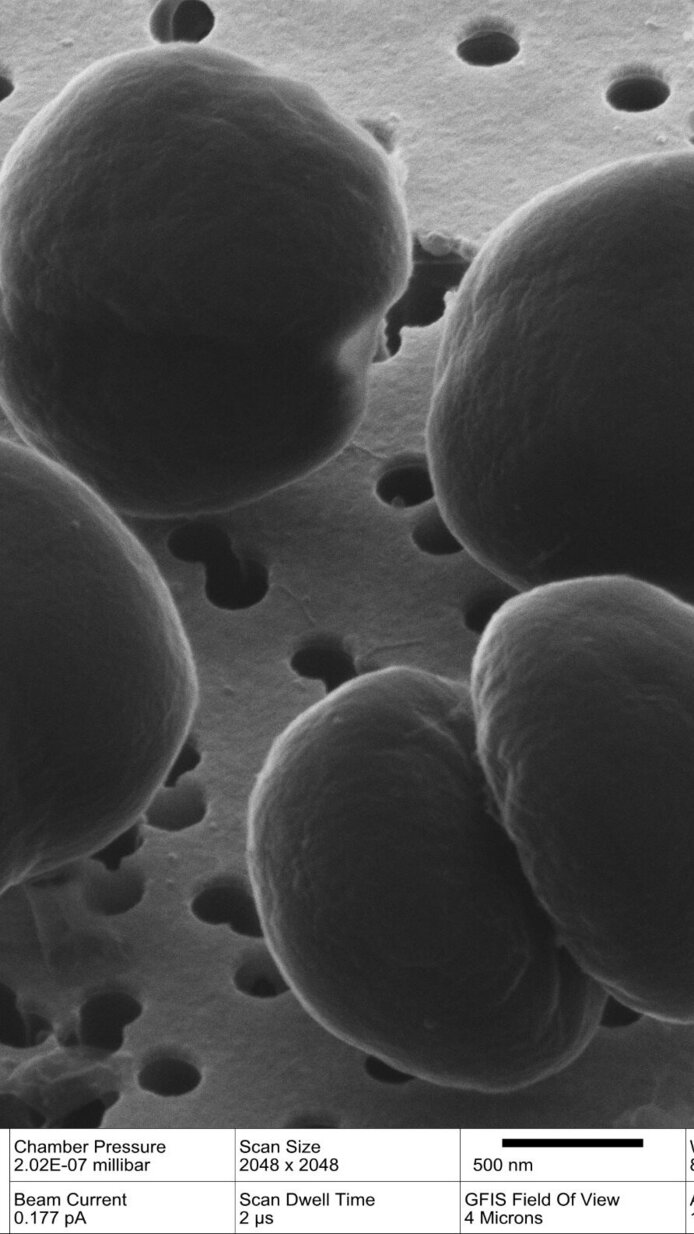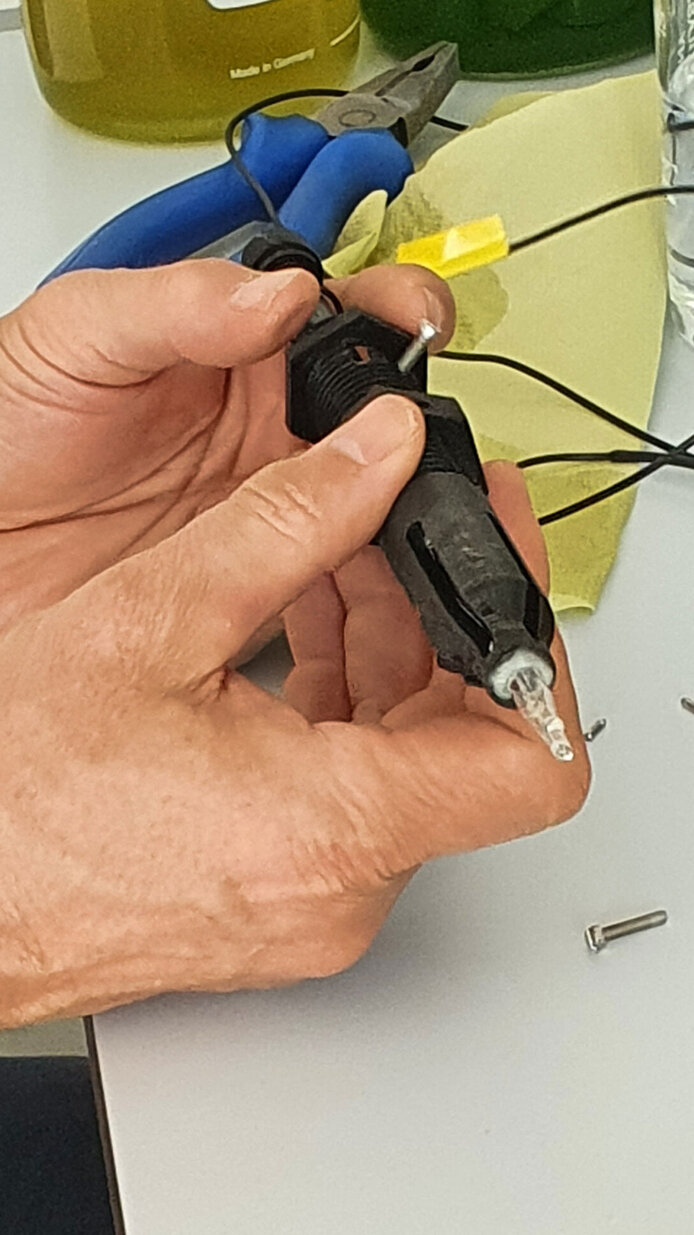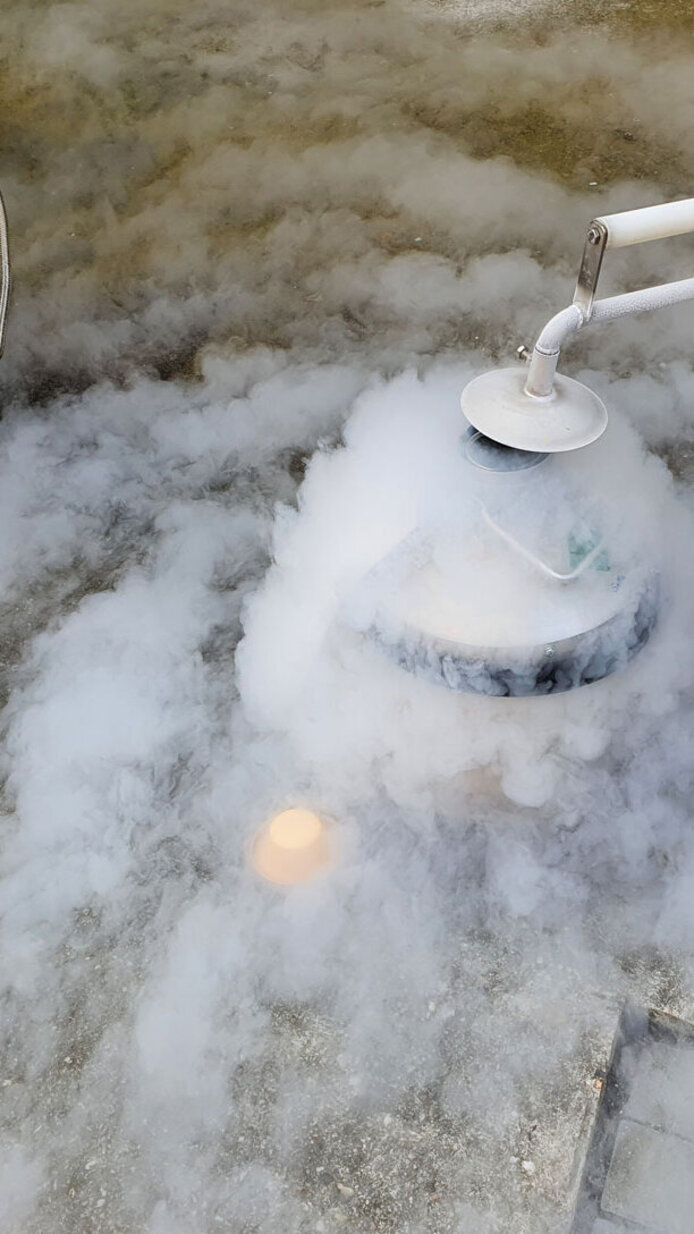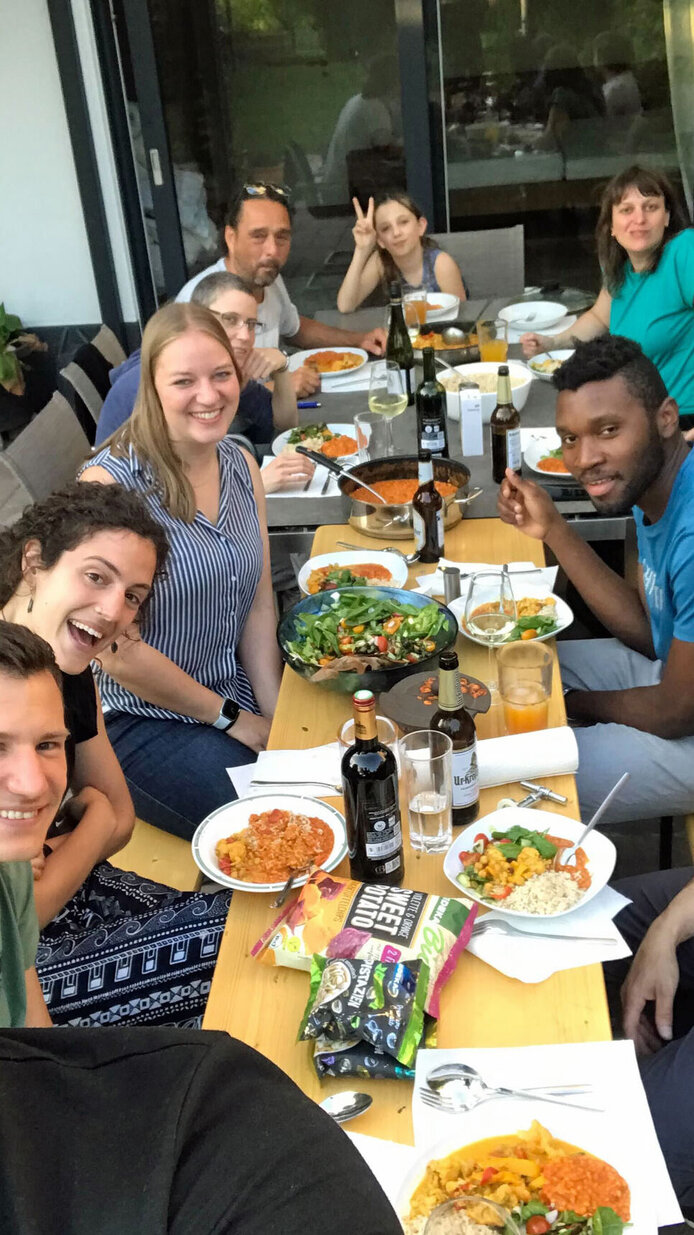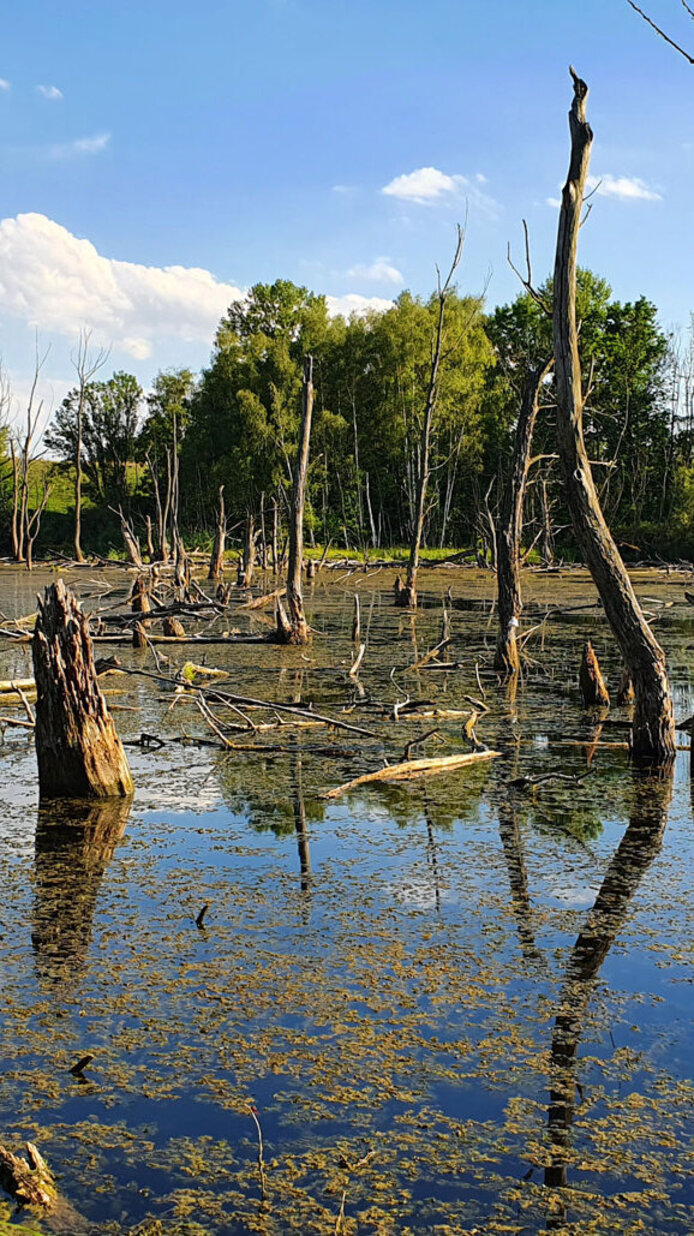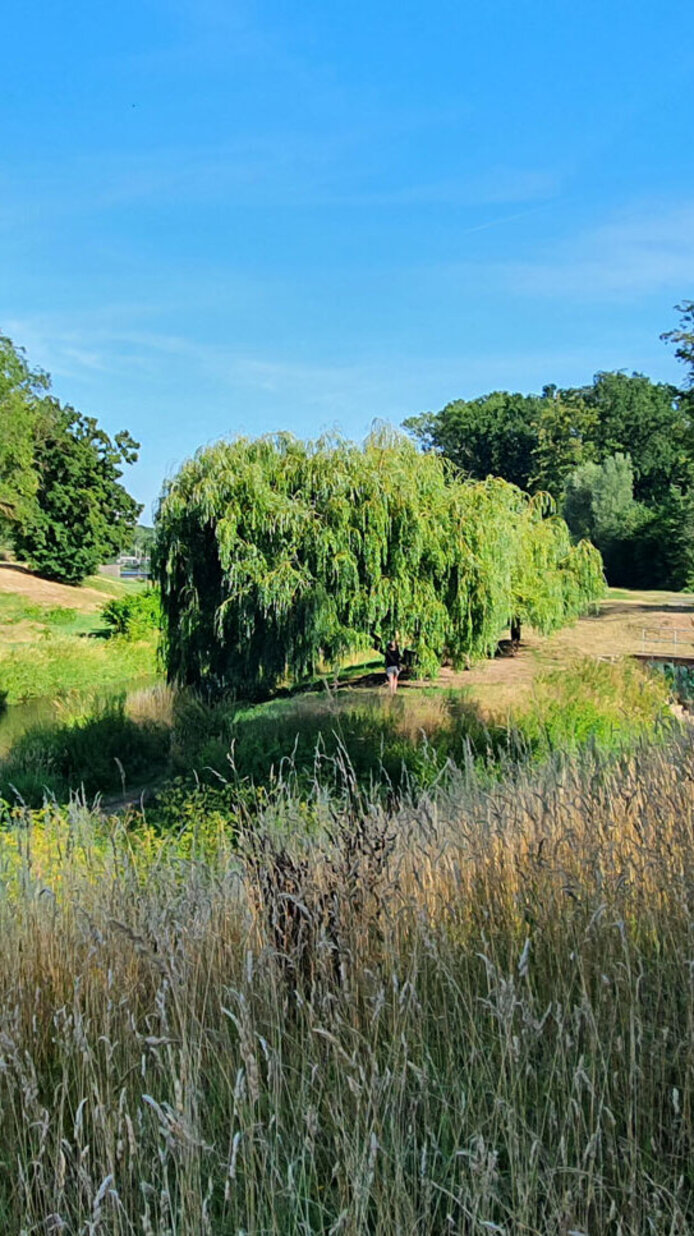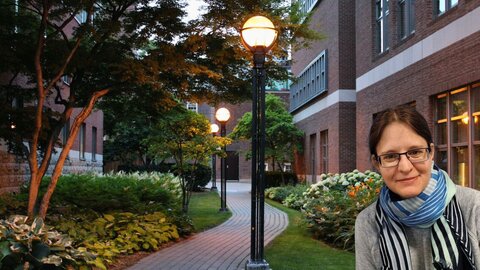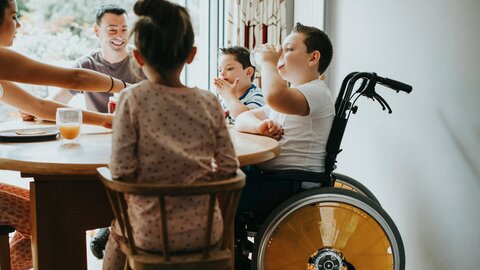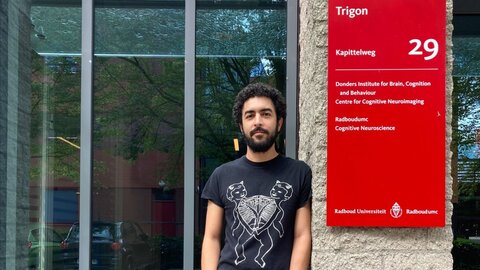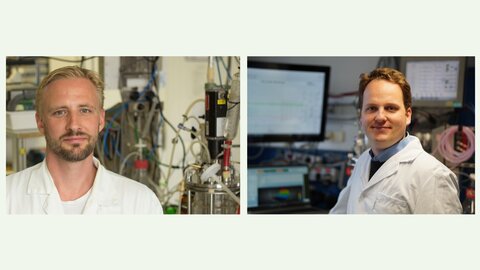Environmental research in Leipzig
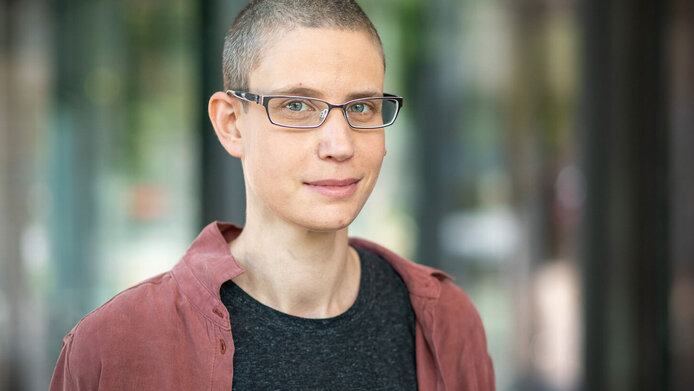
In the course of my scientific career, I have had the opportunity to work on plenty very different microorganisms. In particular, my study of an archaeon, an organism that survives under extreme conditions, in the context of my diploma thesis spurned my enthusiasm for somewhat special and challenging microorganisms. I was able to pursue this interest further during my doctoral thesis when I was working on a filamentous fungus. I was very keen, therefore, when my doctoral supervisor suggested that I establish cyanobacteria as a research topic at TU Wien. Cyanobacteria have always been fascinating for me. They are photosynthetic bacteria that, similar to plants, use light as a source of energy as well as water and CO2 to produce usable biomaterials and oxygen. In times of climate change, where the need for alternative energy sources is constantly on the rise, there is growing interest in the biotechnological use of such microorganisms. Hence, the research into cyanobacteria seems like a forward-looking mission to me, and I feel great joy in being able to make a scientific contribution through my research.
A big step
In October 2020, I moved from Vienna to Leipzig to the Helmholtz Centre for Environmental Research on the strength of a Schrödinger Fellowship from the FWF. As I am very attached to my familiar surroundings and the people in my hometown, settling in a new environment with a new flat, new working environment and new people was very difficult for me. The initial sense of unease quickly subsided, however. I was given a warm welcome at the Department of Solar Materials (SOMA) in Bruno Bühler's working group and by the community there. Living in wonderful surroundings and having nature nearby also contributed to the fact that I quickly felt at home in Leipzig. On the down side, I suffered a bicycle accident right at the beginning, which had far-reaching consequences. Thanks to the support of colleagues, friends and acquaintances, I was still able to overcome many obstacles and bring my project to a successful conclusion.
Working with cyanobacteria
Working with cyanobacteria presents a variety of challenges. Given that they are not particularly well researched, many methods are not yet firmly established or offer room for improvement, and background information is often lacking. Sometimes it can be really hard to determine what is wrong with these bacteria. One has to get used to slow growth as well as to the danger of the culture being contaminated with heterotrophic microorganisms that find the cyanobacteria’s provision of metabolic products and oxygen very appealing. Genetic manipulations are also a challenge due to the high genome copy number. But it was precisely these aspects that I found appealing, and so I gradually learned to cope with the organisms. In the end, my project produced material for two publications as well as numerous scientific contacts and collaborative undertakings.
Back to life at home
I am a bit sad to leave Leipzig, but I bring home many wonderful memories. In the two years I spent there, I not only learned a lot and made professional contacts, but I also made friends and enjoyed some personal growth. Although social activities were significantly reduced due to the coronavirus pandemic, there are still many situations and events that I will always remember, such as a sense of achievement from my cyanobacteria, those sparrows populating my balcony or get-togethers with friends. – Last but not least, I greatly enjoyed the kindness and helpfulness of the people at the SOMA Department. I have been home for over a month now, and am back to my accustomed life at TU Wien. I hope the future will provide good opportunities for professional development and for harnessing the knowledge I acquired in Leipzig. I am very grateful for the experience I was able to gain through this Schrödinger Fellowship.
